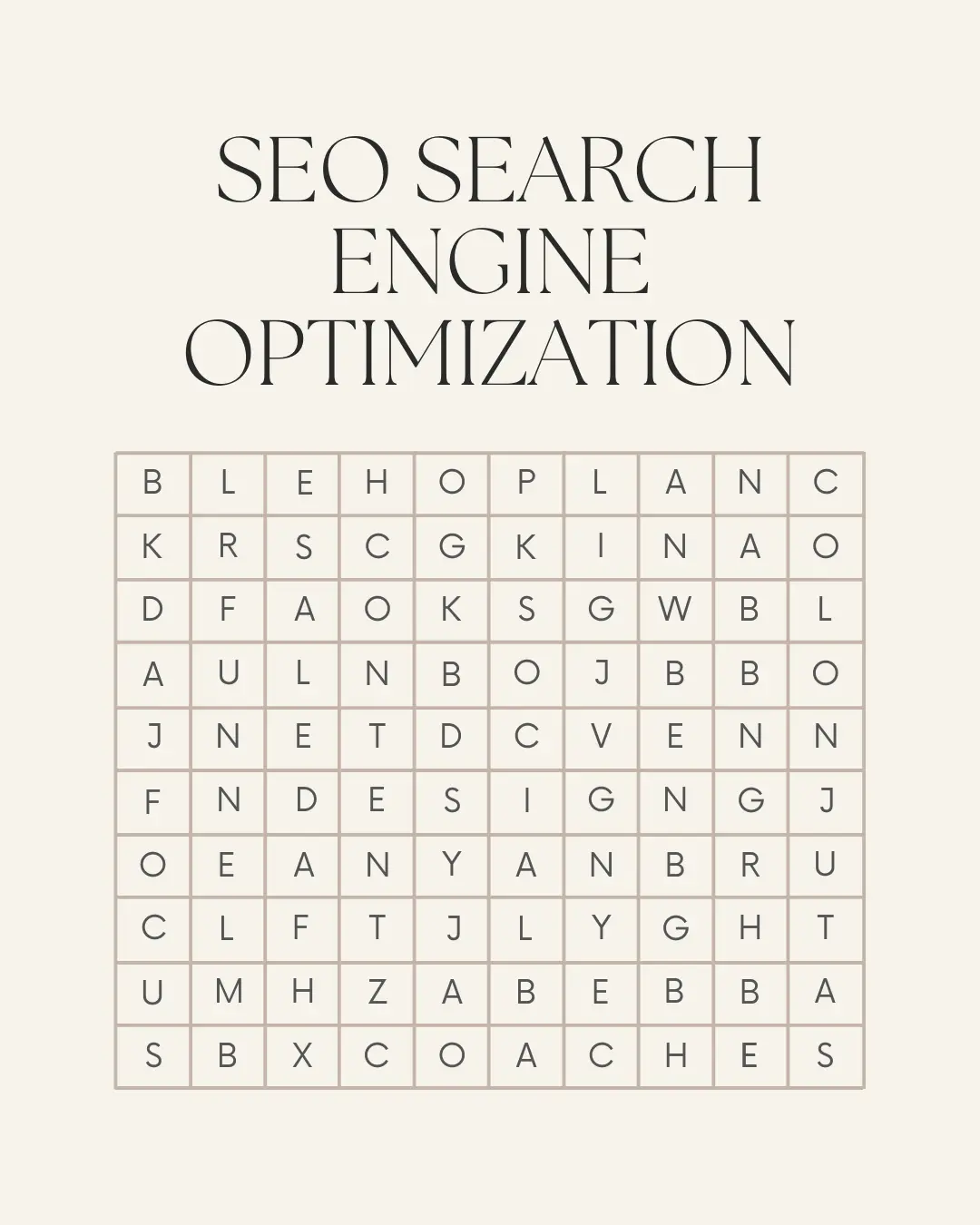Understanding the URL structure is essential for effective SEO, ensuring improved search engine visibility, better ranking, and enhanced user experience.
SEO and URL Structure: The Foundation of Search Optimization
Introduction to SEO and URL Structure
Search Engine Optimization (SEO) is the art and science of improving a website’s visibility in search engines. While much of the focus goes to content, keywords, and backlinks, URL structure remains a foundational pillar. A clean, readable, and optimized URL not only improves SEO but also enhances the user experience.
Search engines like Google rely heavily on URL structures to crawl, index, and rank web pages. By aligning your URL architecture with SEO principles, you lay the groundwork for sustained visibility.
Why URL Structure Matters for SEO
A strong URL structure:
- Improves crawlability by making it easy for search engine bots to understand page hierarchy.
- Enhances user trust by showing clearly what the page is about.
- Provides keyword relevance when optimized with important terms.
- Helps in earning rich snippets or sitelinks in SERPs.
According to Google Search Central, descriptive URLs are recommended over long ID-based structures.
Components of an SEO-Friendly URL
An optimized URL includes:
- Protocol: Use https:// to signal secure and trusted sites.
- Domain: A clean and brand-representative domain like growvilo.com.
- Slug: The part of the URL after the domain — should include the keyword and be readable.
Example:
✅ https://growvilo.com/seo-url-structure
❌ https://growvilo.com/page?id=123456
Best Practices for URL Optimization
Follow these principles for effective SEO:
1. Use Hyphens Instead of Underscores
Hyphens are preferred separators:
✅ seo-url-structure
❌ seo_url_structure
2. Keep URLs Short and Simple
Avoid unnecessary words.
✅ https://growvilo.com/contact/
❌ https://growvilo.com/get-in-touch-with-our-contact-team/
3. Include Keywords Naturally
Use a focus keyword but avoid stuffing.
✅ https://growvilo.com/service/seo-services
4. Avoid Dynamic Parameters
Search engines find clean URLs easier to index.
✅ category/product-name
❌ product?id=12345&cat=456
Common Mistakes in URL Structuring
- Using long, irrelevant slugs
- Keyword stuffing
- Mixed-case URLs
- Neglecting redirects for URL changes
- Using special characters
Advanced URL Structuring Tips
1. Hierarchy Matters
Place important pages closer to the root domain.
Example:
✅ https://growvilo.com/blog/seo-url-structure
Better than
❌ https://growvilo.com/blog/2025/08/07/seo-url-structure
2. Canonicalization
Use canonical tags to avoid duplicate content issues.
3. URL Slugs for Local SEO
Use geo-specific keywords:
✅ https://growvilo.com/service/seo-dallas
SEO-Friendly URL Examples
| Purpose | SEO-Friendly URL |
| Contact Page | Growvilo |
| Services Page | Growvilo |
| Homepage | Growvilo |
| Blog Article | https://growvilo.com/blog/seo-url-structure |
| Product Page | https://growvilo.com/shop/seo-audit-tool |
Tools for URL Structure Analysis
Use these tools to test, optimize, and audit URLs:
These tools highlight broken links, parameter issues, duplicate URLs, and redirect chains.
Enhancing URL Strategy with Internal Links
Internal linking supports your SEO strategy. By connecting pages through optimized anchor text, you pass link equity and improve navigation. For example:
- Learn more about our SEO Services for tailored solutions.
- Need help? Reach out through our Contact Page.
- Explore our work at Growvilo.
Contextual Depth: URL Structure in E-commerce and Local SEO
For E-Commerce Sites
SEO URLs impact product visibility:
- Use product names and categories.
- Avoid session IDs.
- Example: https://yourstore.com/shoes/nike-air-max
For Local SEO
Geographic modifiers in URLs can improve local ranking:
- Example: https://yourbusiness.com/seo-services-new-york
This helps Google identify service relevance by location.
Conclusion
A strong URL structure is more than just aesthetics—it’s a strategic SEO advantage. By implementing clean, keyword-rich, and hierarchical URLs, you make your website more search engine friendly and user-intuitive.Whether you’re building a service-based site like Growvilo, or a blog-driven platform, structured URLs improve navigation, indexing, and trust — ultimately driving more traffic.
FAQs
1. What is an SEO-friendly URL?
An SEO-friendly URL is clean, short, keyword-rich, and easy to read for both users and search engines.
2. Should I include keywords in URLs?
Yes, including primary keywords improves visibility, relevance, and CTR in search results.
3. How long should a URL be for SEO?
Ideally under 60 characters — short, descriptive URLs perform better.
4. Is it okay to change existing URLs?
Only if necessary. Redirect old URLs to new ones using 301 redirects to preserve SEO value.
5. Do HTTPS URLs impact SEO?
Yes, HTTPS is a confirmed ranking factor and builds user trust.
References



